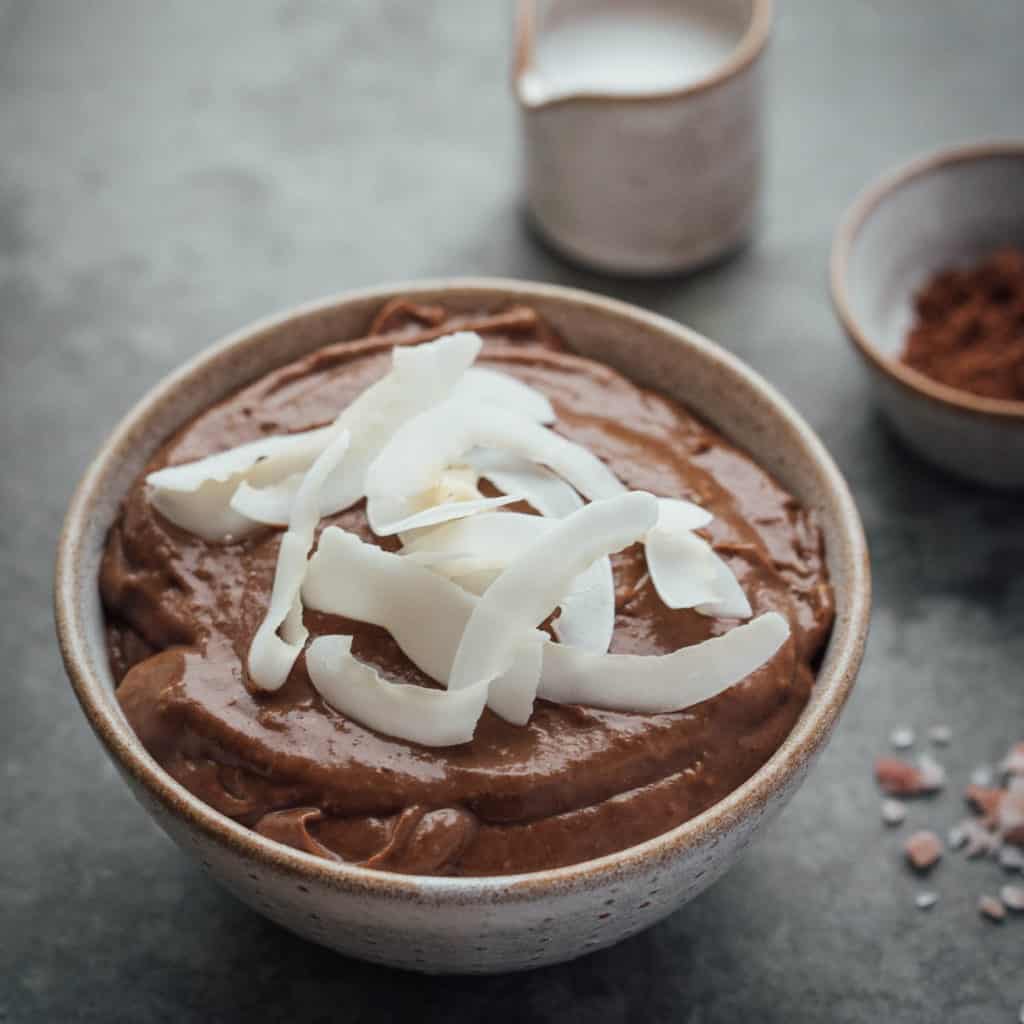How to get your child to eat healthy?
3. June, 2019

Lifestyle
Toddlers are learning to navigate their world, communicate, and control some parts of their lives. They don’t actually have control over much, but eating is one of the first areas they will master. Parents can help them enjoy their limited power by giving them appropriate amounts of freedom when it comes to choosing foods and eating them.
That’s not to say toddlers are deciding what to have for dinner. Parents have the important job of providing the kinds of foods that an active toddler needs. A parent’s role is to present healthy foods and let a child decide which ones to eat — or whether to eat at all. Parents can steer a toddler toward healthy eating, but might have to do it in a crafty way. You can’t force your child to eat. But you can encourage healthy eating habits and pleasant mealtimes.
Healthy eating habits
Let your child choose how much to eat. Serve small portions and give them the chance to ask for more.
Be patient. You may have to offer a new food 15 times before your child will try it.
Let your child help. Let him or her choose foods in the grocery store. Find a way they can help prepare the meal, or set the table. If they participate in the different parts of mealtime, they are more likely to eat.
Make things fun. Cut food into shapes with cookie cutters. Display the food in a creative way on your child’s plate.
Offer choices. Instead of just serving a vegetable to your toddler, let them choose between two. “Would you like broccoli or cauliflower at dinner?”
Mix new with old. Serve new foods with foods your child already likes. This makes the change a little less intimidating.
Let them dip. Provide healthy dips to encourage your child to try new fruits or vegetables. These could include hummus, yogurt, or healthy salad dressings.
Set a good example. If your child sees you eating a variety of healthy foods, he or she will be more likely to try them.
Pleasant mealtimes
Give your child a heads up.Ten minutes before mealtime, tell your child that it will be time to eat soon. Children may be so tired or excited from play activities that they don’t feel like eating. Letting your child know that it is almost time for a meal will give him or her a chance to transition into mealtime.
Establish a routine.Children are more comfortable with routines and predictability. Set regular mealtimes. Have everyone sit in the same place for every meal.
Reserve mealtimes for eating and spending quality time with your family. Don’t let your child play with toys during mealtimes. Reading books or watching television shouldn’t be allowed during mealtimes either. Explain to your child how good it is to eat together.
Make mealtimes pleasant. If mealtimes are pleasant, your child is more likely to look forward to eating. Try to avoid arguments or negativity during mealtime.
Manage your expectations. Don’t expect manners that are too difficult for your child.
What about snacks?
Your child should have 3 meals and 2 snacks a day.
Try not to offer your child snacks close to mealtimes. If your child comes to the table hungry, he or she is more likely to eat the meal.
If your child doesn’t eat at one mealtime, you can offer a nutritious snack a few hours later. If your child doesn’t eat the snack, offer food again at the next mealtime. A child will usually eat at the second meal.
If your child won’t eat vegetables
Most children will eat some fruit and salad vegetables, and these are good alternative to cooked vegetables.
Some children like the crisp texture of stir-fry vegetables, or will eat a few beans or some grated carrot when you’re preparing the family meal.
Finely chop up vegetables and cook them in sauces.
Things to consider
There are many things you can do to encourage your child to eat. But there are things you should not do, as well.
Don’t force your child to clean his or her plate. Once he or she is no longer hungry, your child should be allowed to stop eating.
Don’t negotiate with or bribe your child. Threats, punishments, and rewards aren’t good ideas, either. They create power struggles between you and your child.
Even if you are concerned that your toddler is refusing to eat, don’t let it show. If he or she is seeking attention, your disapproval fills that need. They may try to gain your attention in the same way another time.
Healthy treats
Be More superfoods and mixes are great choices to give extra nutrition value to your child’s meals. You can add superfoods to smoothies, muesli, yogurt, porridge and homemade desserts.
Be More superfood raw bars are great option as a snack on the car trip or if you have no time to prepare special healthy snack to your kid.
Written by nutritionist Riin Reimer
References:
https://healthywa.wa.gov.au/Articles/U_Z/What-to-do-if-your-toddler-refuses-food
https://familydoctor.org/when-your-toddler-doesnt-want-to-eat/
https://kidshealth.org/en/parents/toddler-meals.html



